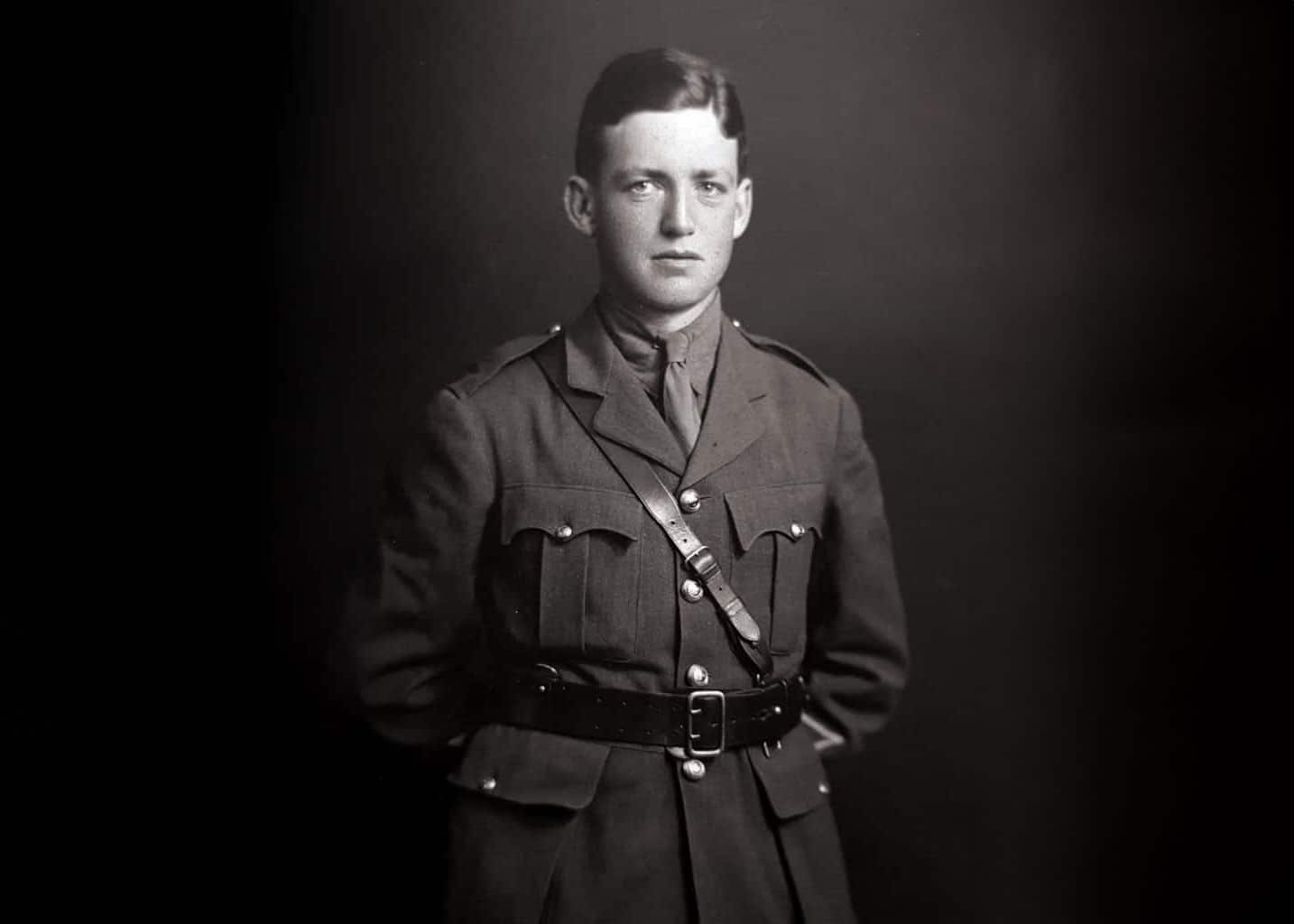Weta workshop
experience
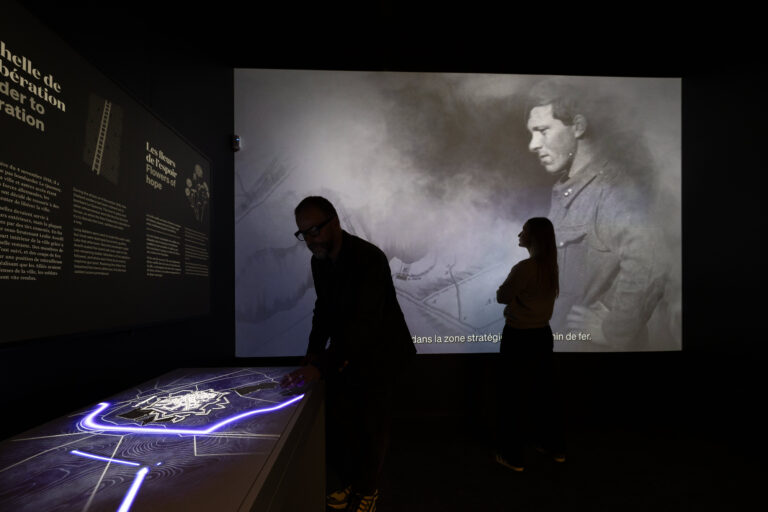
Get ready for an emotive experience created by the Location Based Experiences team at the award-winning Wētā Workshop. When New Zealanders walk into the New Zealand Liberation Museum – Te Arawhata, they will feel an immediate sense of their homeland.
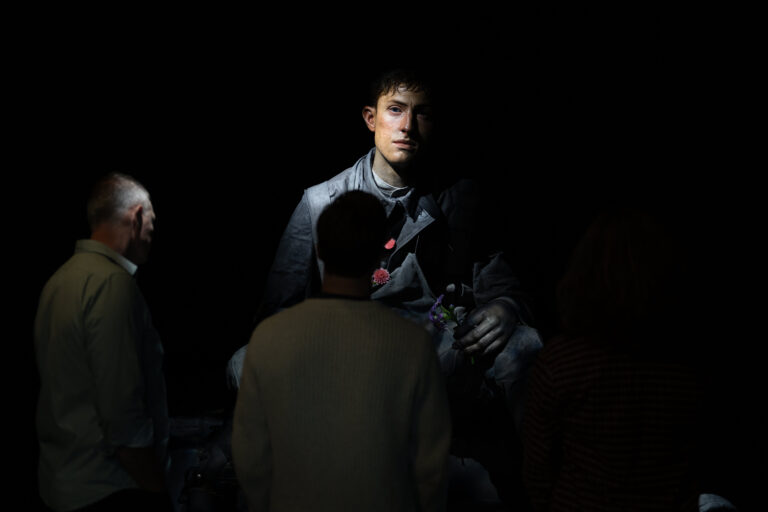
The experience involves a mix of cinematic, sensory, and emotive environments where visitors can immerse themselves in the dramatic storytelling, sculptural artworks, soundscapes, and projections to connect on an emotional level about the liberation of Le Quesnoy.
Using its world-famous special effects, Wētā Workshop has created a giant soldier similar to the figures in its exhibition Gallipoli: The Scale of Our War at Te Papa in Wellington, New Zealand.
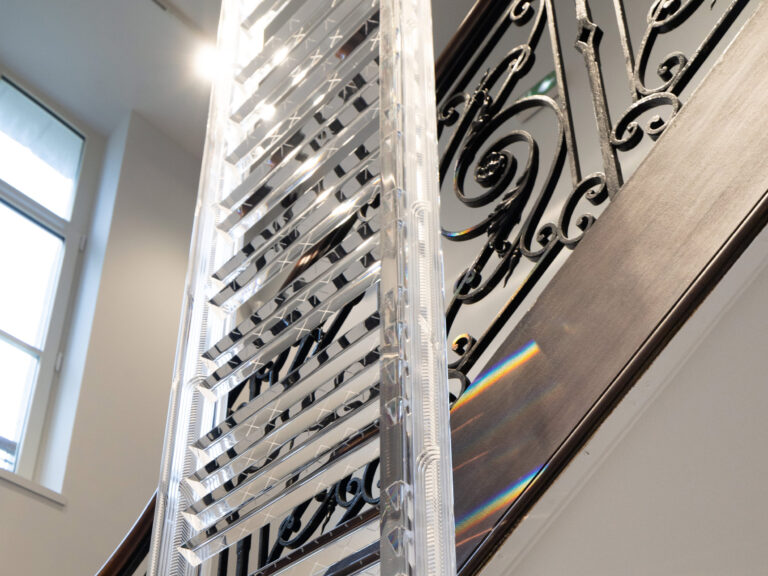
Te Arawhata – the ladder, which is so integral to this story, as well as a pathway to higher levels of understanding, is central to the experience. The ground floor rooms tell the stories, then visitors climb the staircase, symbolically the pathway to higher things, where they reach the rooms which provoke reflection and greater understanding.

Upstairs there is a room where visitors can leave messages on the autumn flowers of Le Quesnoy, as they reflect and create their own ever-changing artwork of remembrance. There is also the opportunity to celebrate the remarkable, ongoing friendship between Le Quesnoy and New Zealand. The highly immersive exhibition spaces, where visitors can learn more about the people involved in the liberation and New Zealand’s wider involvement in World War I, are complemented by interactive and contemplative areas where they can also reflect on the price of freedom, the value of friendship and how these can create a better future.
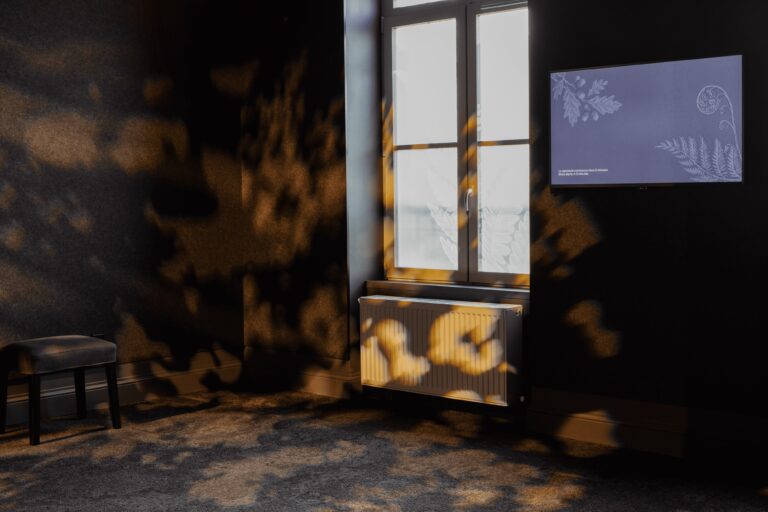
Immerse yourself in the stories of the Liberation. First hand accounts are performed in the Room of Voices, allowing you to hear the experiences of the people who were there.
Visiting the New Zealand Liberation Museum - Te Arawhata
Come to Le Quesnoy to visit the museum and also to take in the beauty of this small French town that has been witness to so much history. Walk around the rampart fortifications dating from the 16th, 17th and 18th centuries with beautiful parks, including many oak trees, which are the symbol of the town.
Be the first to get updates
Sign up to our newsletter
Site designed and developed by Great North
